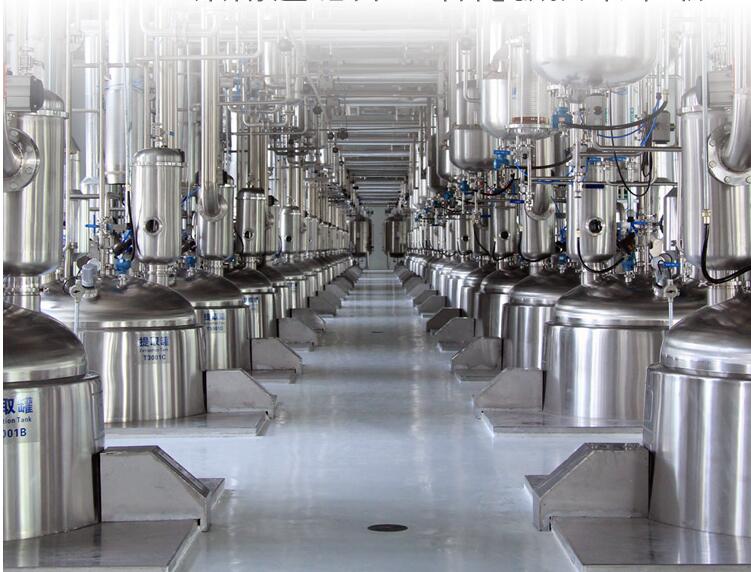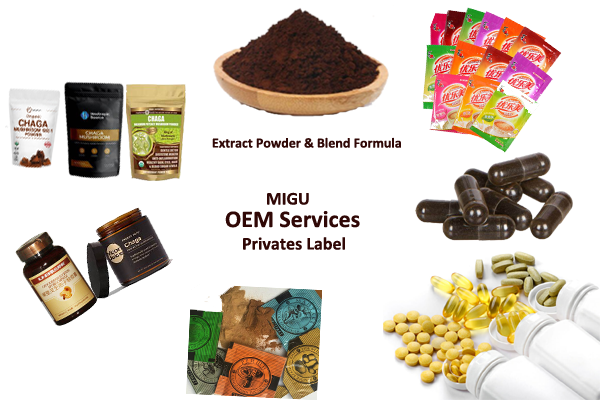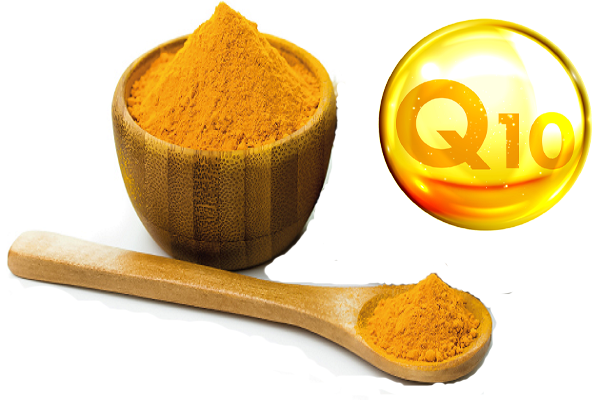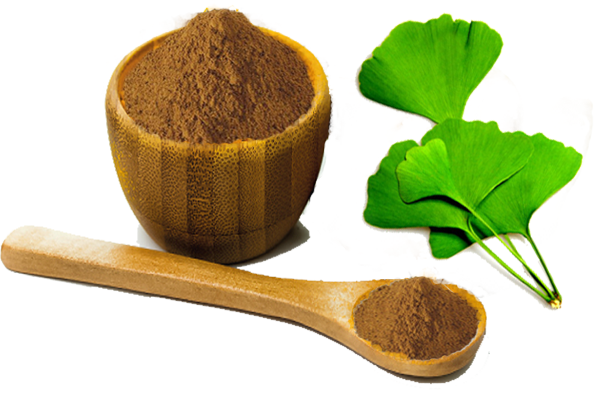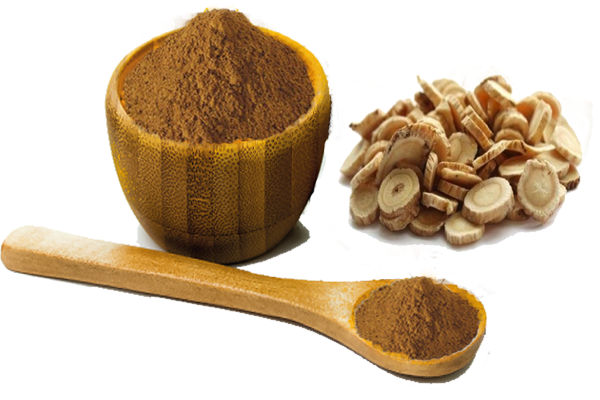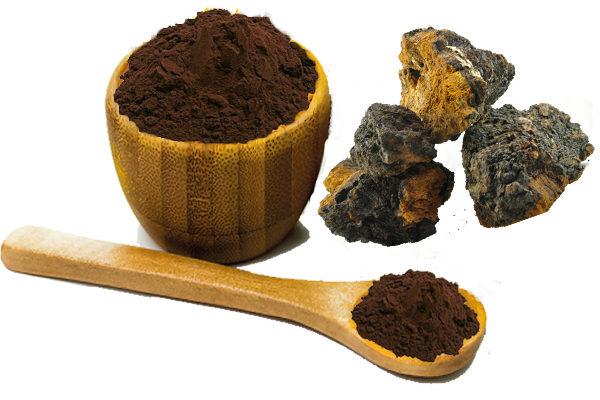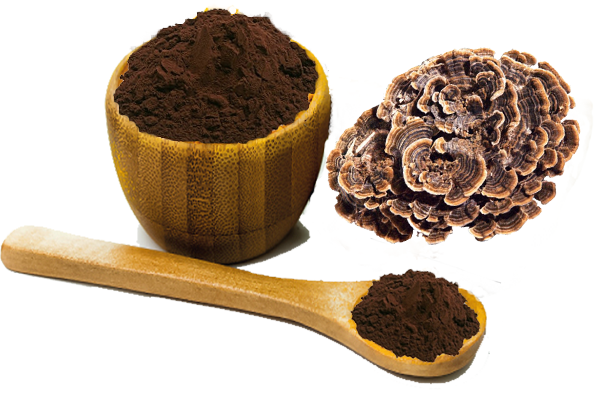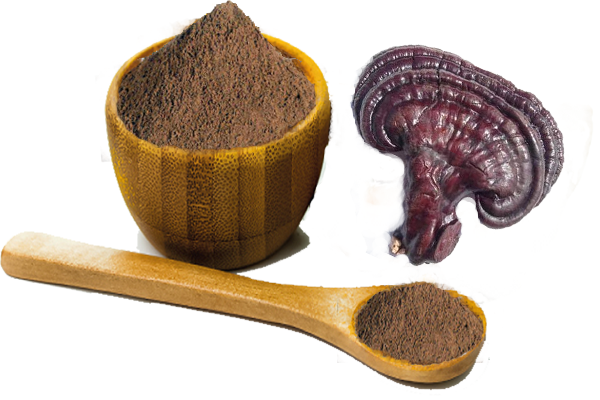Alisma Orientalis Extract
Original: Alisma orientalis(Sam.)JuzeP Supplied Specification: 10:1 , 20:1, 30:1, 50:1 by TLC and Customized Appearance: Brown yellow fine powder Standard Package: 1kg/bag, 5kg/bag, 25kg/drum and others customized package (More other TCM botanical extract, please check here )
About the Alisma Orientalis
Alisma orientalis is a dried tuber of the Alisma orientalis plant in the Alisma family. Also known as Mangyu, Hexie, Jixie, Swan Egg, and Ruyi Flower. Mainly produced in Fujian, Sichuan, Jiangxi and other places. Zexie is a perennial aquatic herbaceous plant, with a height of 50-100cm. Having underground spherical tubers, brown outer skin, densely covered with numerous fibrous roots. Leaves all basal, elliptical to ovate, apex acute or short pointed, base broadly wedge-shaped, circular or slightly heart-shaped, entire, both chemical book surfaces glossy and hairless, with long stalks and 5-7 veins. The stem of the flower grows from the leaf cluster, the scape is upright, the flowers are arranged in umbrella shaped whorls, the inflorescence usually has 3-5 branches, the flowers are white, the bracts are lanceolate to linear, sharp; Sepals 3, green, broadly ovate; Petals 3, white, obovate; Stamens 6; The pistils are numerous. Achenes, flat, obovate, 1.5-2mm long and approximately 1mm wide, brown. When the stems and leaves wither in winter, they should be harvested, removed from the stems, leaves, and fibrous roots, washed, peeled off, or placed in bamboo baskets to remove the rough skin and dry.
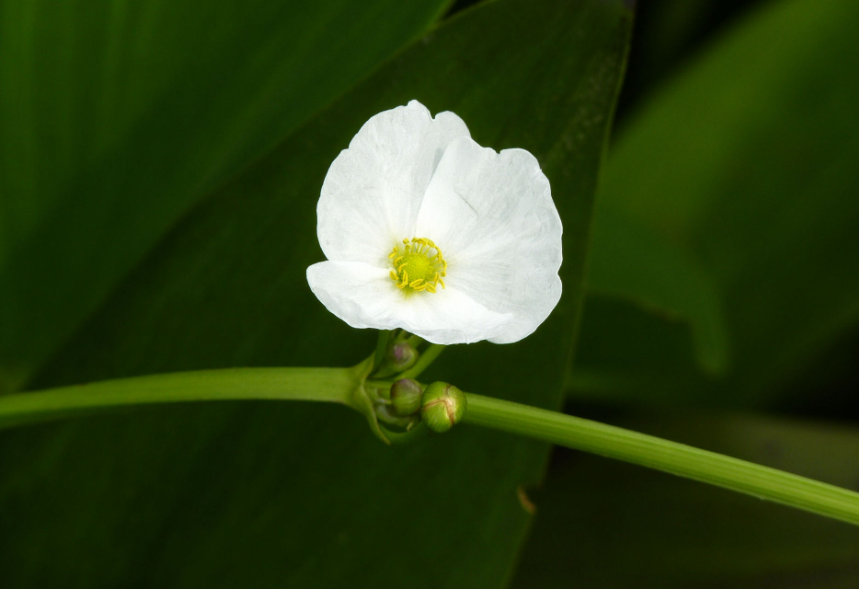
Alisma Orientalis Extract from MIGU
Active Ingredients of Alisma Orientalis Extract Alisma contains triterpenoid components that lower cholesterol, including Alisma A, Alisma B, Alisma A lipid acetate, Alisma B ester acetate, and Epinephelin. In addition, it also contains trace amounts of Chemicalbook alkaloids, carbohydrates, plant sterols and glycosides, lecithin, asparagin, resin, fatty acids (palmitic acid, stearic acid, oleic acid, linoleic acid, etc.), as well as protein and high amounts of starch and potassium.
Pharmacological Activities of Alisma Orientalis Extract
1. The lipid-lowering effect of Alisma orientalis extract, (alcohol solution) has a preventive and therapeutic effect on experimental hyperlipidemia in rabbits. It can prevent and inhibit the formation of total experimental aortic atherosclerotic plaque and slow its development. Zexie can reduce various lipids in the aorta, especially cholesterol, leading to the reduction of aortic plaques. The liposoluble part of Alisma orientalis was injected intraperitoneally, which had a clarifying effect on plasma lipids in rats with hyperlipidemia caused by oral administration of cottonseed oil; It has obvious cholesterol lowering and anti atherosclerosis effects on experimental animal hypercholesterolemia. Its effective ingredients are alisol A and acetate esters of A, B, and C, with alisol A acetate having the strongest effect. Alismal A can inhibit the absorption of cholesterol in the small intestine of rats and inhibit the ability of mice to esterify cholesterol.
2. Liver Protection and Anti Fatty Liver Effects: Alisma orientalis extract can reduce the fat content in rabbit liver fed with cholesterol and high fat. The extract contains choline, lecithin, amino acids, and soluble fraction of phenylacetone, which all have anti fatty liver effects. It has a protective effect on acute liver injury caused by carbon tetrachloride, can inhibit hepatic fat accumulation, inhibit the decrease of phospholipids in plasma and liver, and improve liver pigment excretion function. Zexie can significantly reduce the total cholesterol, cholesterol esters, triglycerides, and total ester content in the liver of experimental hyperlipidemic animal models. Zexie can reduce the Lee index, uterine and testicular fat index, and serum triglyceride content in experimental obese rats. Its mechanism of action may be due to the influence of enzymes related to cholesterol metabolism and inhibition of hepatic triglyceride synthesis.
3. Diuretic effect: Alisma orientalis extract has a diuretic effect on humans and animals, which can increase the excretion of sodium, chlorine, potassium, and urea in urine. Intraperitoneal injection of Zexie fluid extract can alleviate the retention of urea and cholesterol in the blood of rabbits with nitroglycerin induced nephritis. The potassium content in Alisma orientalis is as high as 147.5mg%, which can significantly increase the excretion of urinary potassium in adrenal gland excised rats. The ethanol extract of Alisma orientalis exhibits dose-dependent inhibition of renal Na+, K+- ATPase activity.
4. Effects on the cardiovascular system: Alisma orientalis extract administered intravenously to dogs or rabbits has a mild antihypertensive effect. In vitro, there is a slow relaxation effect on the contraction of rabbit aortic strips induced by adrenaline. Zexie alcohol extract has a significant effect on dilated coronary arteries in isolated rabbit hearts, but has no antagonistic effect on myocardial ischemia caused by posterior pituitary hormone. It has a mild inhibitory effect on myocardial contractility. Oral or intraperitoneal administration of Zexie alcohol has a sustained and moderate antihypertensive effect on DocA type hypertension, renal hypertension, and primary hypertension rat models. Zexie has a significant inhibitory effect on platelet aggregation, and when used together with hawthorn, it can significantly enhance its inhibitory effect on platelet aggregation.
5. Effects on the immune system: Zexie decoction can significantly inhibit the clearance rate of carbon particles and contact dermatitis caused by DNCB in mice, but has no significant effect on the IgG content and delayed foot pad swelling caused by SRBC in mice. The extract of Alisma orientalis has a selective effect on the aggregation and macrophage migration inhibition of human red blood cells and mouse spleen lymphocytes. Both human and guinea pig red blood cells can be aggregated by Alisma orientalis orientalis, without blood type specificity. The aggregation of mouse spleen lymphocytes is similar to ConA, but slightly stronger than PHA.
6. Anti inflammatory effect: Zexie decoction can significantly reduce xylene induced ear swelling in mice, inhibit the proliferation of cotton ball granulation tissue in rats, but has no significant effect on serum antibody content and ascorbic acid content in the adrenal gland of rats.
7. Research on the ability to scavenge free radicals has shown that extracts of n-butanol, ethyl acetate, and water from Alisma orientalis have strong ability to scavenge free radicals.
8. Anti kidney stone formation: Taking 200mg/kg methanol hot extract from Alisma orientalis for 20 days to immune complex (IC) nephritis rats can inhibit urinary protein excretion, glomerular cell infiltration, tubular degeneration and regeneration, and various complications in IC nephritis rats. This indicates that Alisma orientalis has significant anti nephritic activity.
9. Other effects:Alisma orientalis extract has a mild hypoglycemic effect when injected subcutaneously into rabbits. Zexie decoction has an antagonistic effect on acetylcholine induced spasms in rabbit muscles, can moderately increase coronary flow and relax the smooth muscle of isolated rabbit thoracic aorta, and has a mild inhibitory effect on myocardial contractility.More Scientific research and development , please check here





